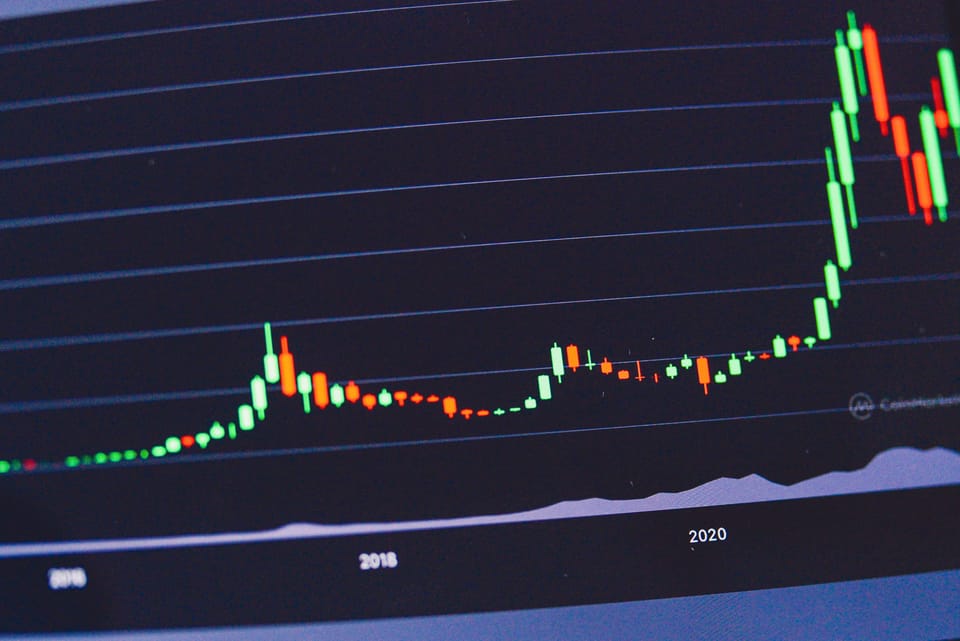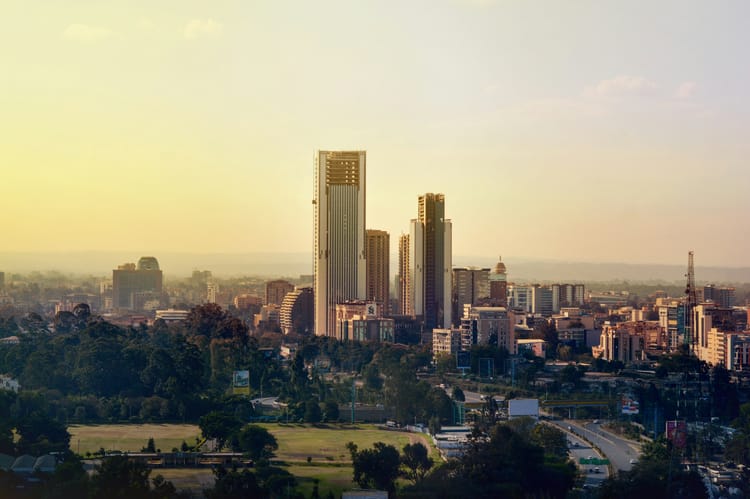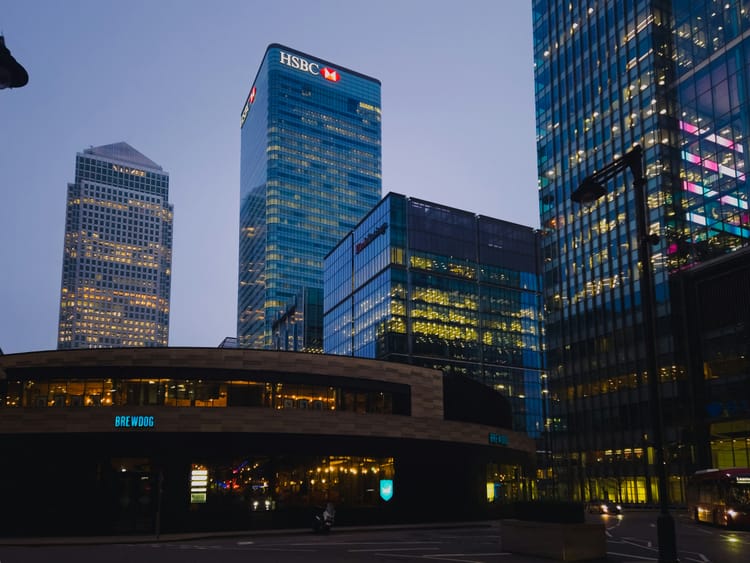Record quarter for carbon dioxide removal market

More tonnes of carbon dioxide removals (CDR) were contracted in the second quarter of 2025 than in all previous quarters combined, according to a new study.
CDR.fyi, which tracks durable carbon dioxide removal transactions globally, reports that 15.48 million tonnes of CDRs were contracted last quarter, more than the 13.6 million contracted in total since tracking began in 2020.
This record was driven by two large-scale purchases by Microsoft: one with CO280 for 3.68 million tonnes, and another with AtmosClear for 6.75 million tonnes shortly after. In total, Microsoft contracted five separate megatonne-scale offtake agreements, totalling over 14.5 megatonnes, or 93.8% of the quarter’s total.
But other buyers also contributed to this record quarter by contracting 902,000 tonnes of CDRs – the second-highest volume on record. In addition, four of the top 10 purchasers were first-time buyers, including Capgemini which entered the market with 29,500 tonnes of offtakes.
Most popular CDR credit types
Bioenergy with carbon capture and sequestration (BECCS), which involves capturing and permanently storing CO2 from processes where biomass is converted into fuels or directly burned to generate energy, was the most popular type of credit last quarter, representing 89.6% of all purchases. (Over 90% of Microsoft’s historical purchases have been from BECCS projects.)
It was followed by biochar carbon removal, through which organic biomass is converted into biochar as long-term CO2 storage, at around 9%. Direct air capture and storage (DACS), enhanced weathering and other methodologies combined made up less than 1% of market volumes in Q2.
CDR.fyi explains the popularity of BECCS projects by noting that the technology has a technology readiness level of 7 to 9, “higher in comparison to many other durable CDR methods on offer today” – and that BECCS projects are benefiting from government subsidies in Nordic countries.
Investment in CDR slows
CDR.fyi notes, however, that investment in carbon dioxide removals slowed down between the first and second quarters of this year. In Q2 2025, eight CDR companies raised over US$122 million in private investments, down from 24 companies and US$137 million last quarter.
Direct air capture companies accounted for the majority of the fundraising.







Member discussion